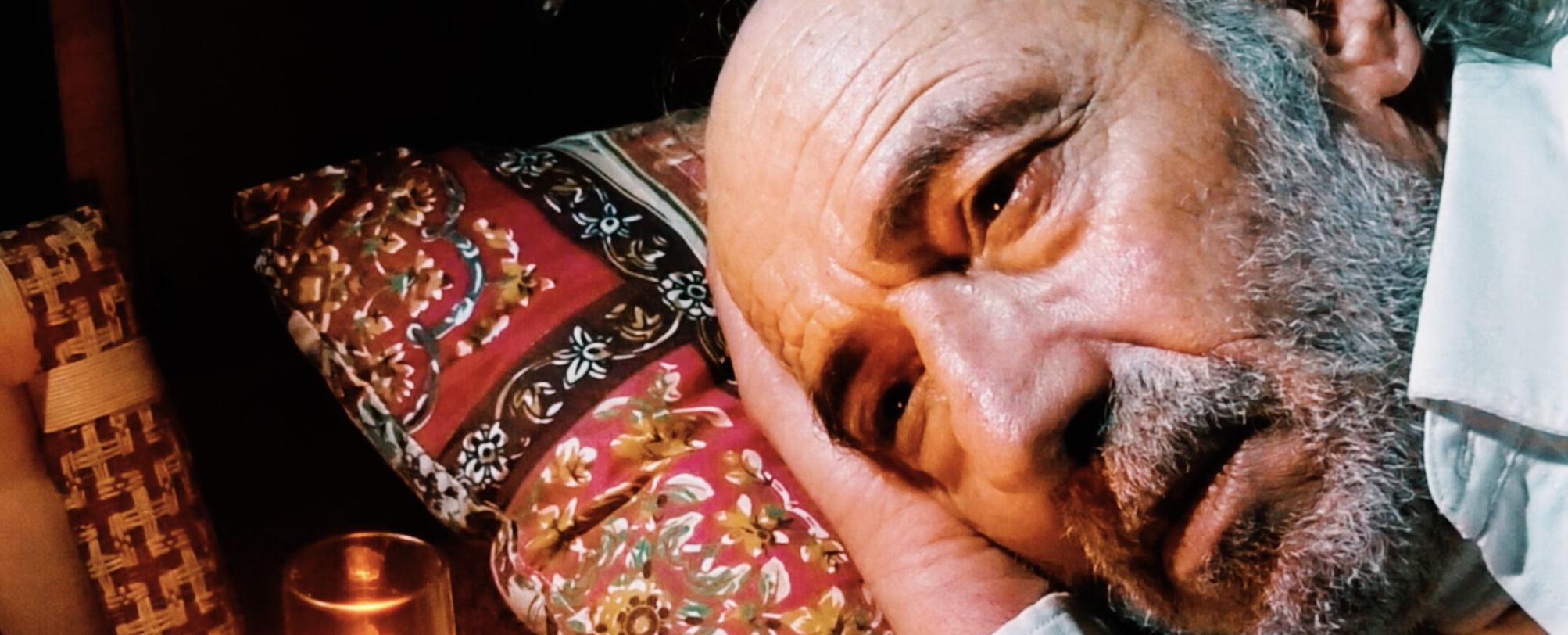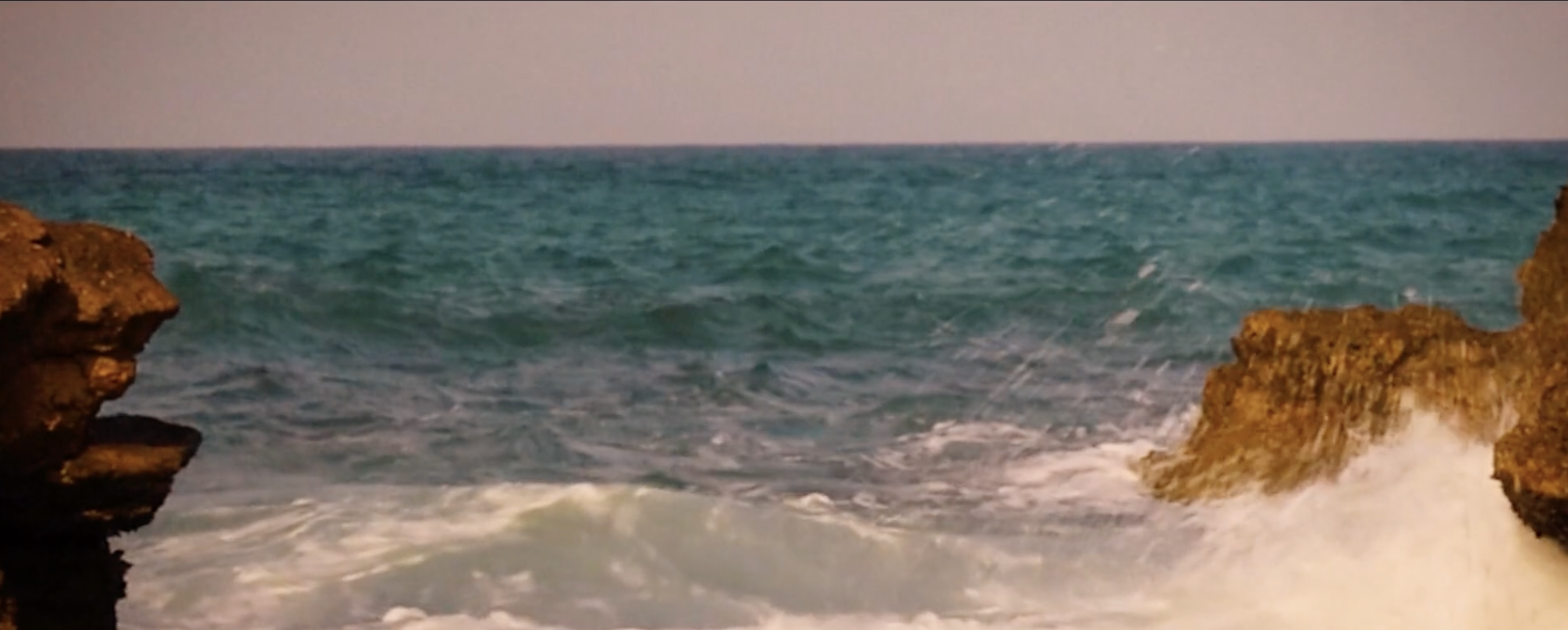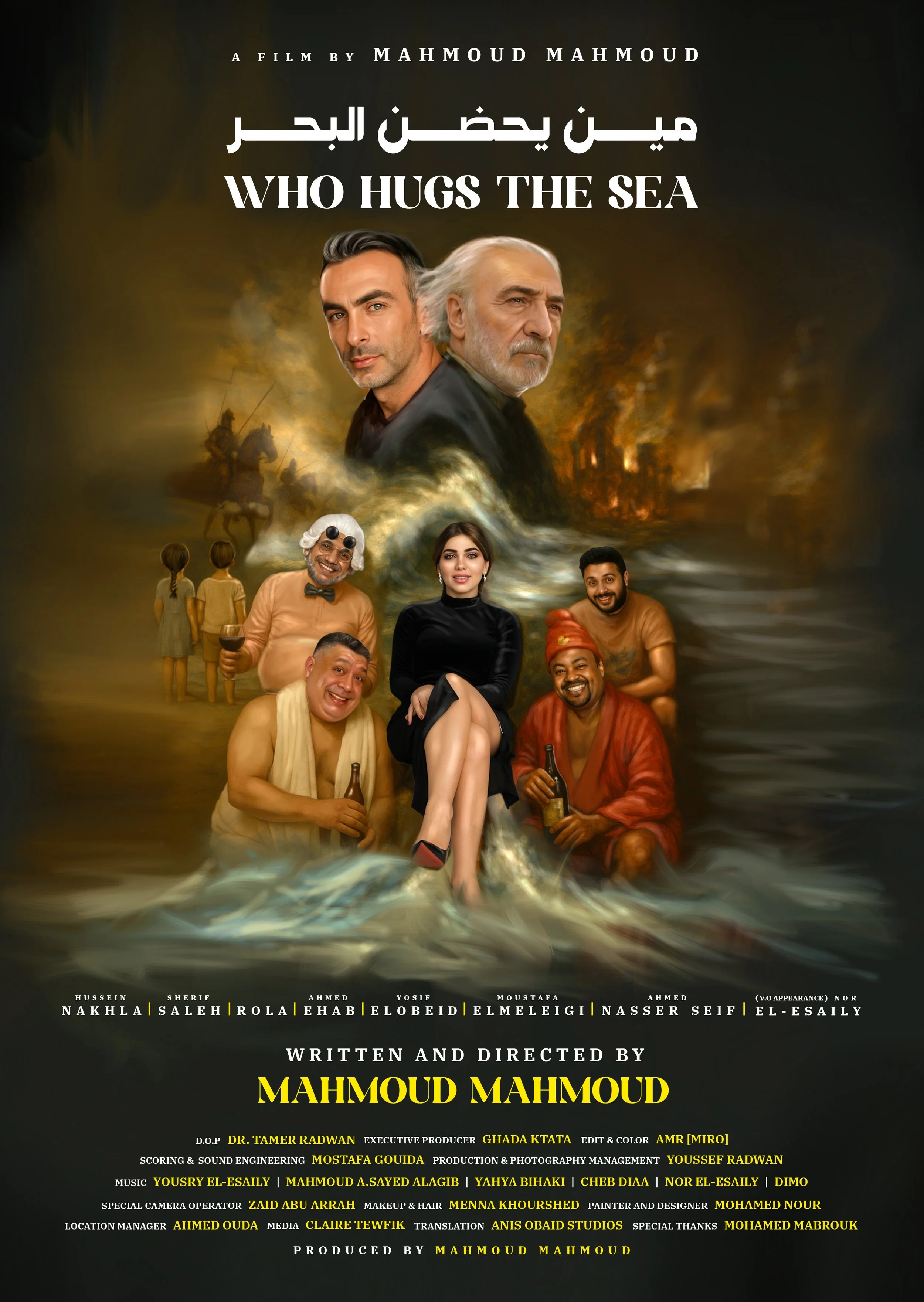In Who Hugs the Sea, Egyptian filmmaker Mahmoud Mahmoud delivers a deeply meditative short that drifts between dream and reality, emotion and abstraction. Known for blending spiritual reflection with cinematic experimentation, Mahmoud—an independent director and screenwriter, member of both the Egyptian Syndicate of Cinematic Professions and the Australian Academy of Cinema & Television—once again uses film as a poetic vessel for human experience.
This is not a movie to be “understood” so much as felt. Mahmoud’s storytelling draws inspiration from masters like Tarkovsky, Kim Ki-duk, and Fellini, using silence, symbolism, and shifting time as his tools. The result is an experience closer to visual poetry than traditional narrative.
At its heart, Who Hugs the Sea is about the quiet battles within the human spirit—the longing for connection, the sorrow that lingers unspoken, and the fragile border between body and soul. The film’s title itself becomes a haunting metaphor: inside each of us, there is a sea that longs for an embrace.
Visually, the film is striking. Cinematographer Dr. Tamer Radwan paints with light and shadow, creating frames that resemble oil canvases rather than moving images. The editing by Omar Miro and Caroline gives the film a rhythm that feels almost psychological—fluid, meditative, and sometimes jarring, as dreams often are. Mahmoud even extends his symbolism to the poster, which combines oil painting and digital art to represent two versions of the self—the young man and the old man—as one continuous existence.
The performances are understated but resonant. Hussein Nakhla and Ahmed Ihab embody two generations weighed down by memory and desire, while Rola, separated from the world by a glass partition, becomes a symbol of closeness and distance—present but unreachable. Mostafa El-Meligy and Youssef Al-Obaid inject flashes of absurdity and dark humor that ground the abstraction in humanity.
Music is used not as background but as language. With songs by Yousry El-Assili and a haunting score by Mostafa Goweda, sound becomes both mirror and memory—war merging with warmth, sorrow turning into melody. Mahmoud’s use of silence is equally deliberate: at times, it feels heavier than any dialogue.
Some viewers may find Who Hugs the Sea challenging; it resists linear storytelling and embraces ambiguity. Yet, that is precisely its strength. Mahmoud invites the audience not to decode his film, but to surrender to it—to drift, to reflect, to feel.
In a cinematic landscape often driven by clarity and speed, Who Hugs the Sea dares to be still, to listen to the quiet noise of the soul. It’s a film that doesn’t just tell a story—it breathes one.
Verdict: A contemplative, visually rich meditation on memory and longing. Who Hugs the Sea reaffirms Mahmoud Mahmoud as one of the most sincere and visionary voices in contemporary Arab independent cinema.
Jessie Hobson




